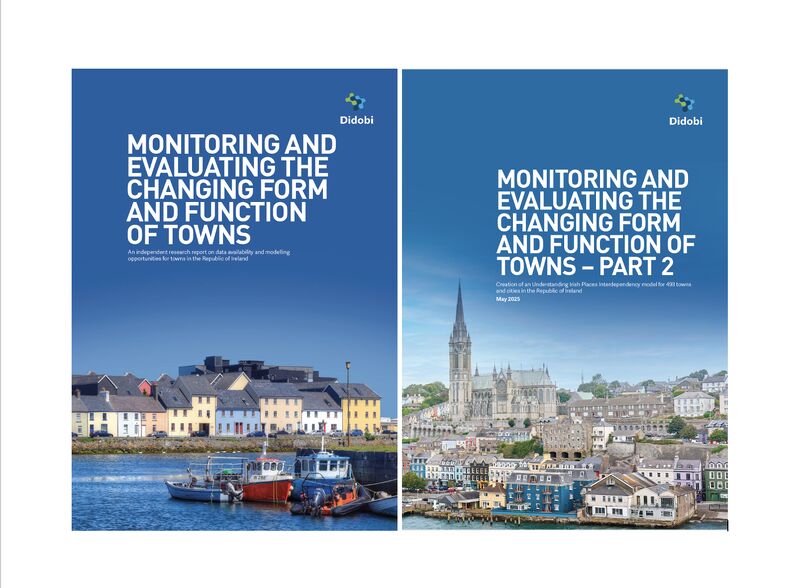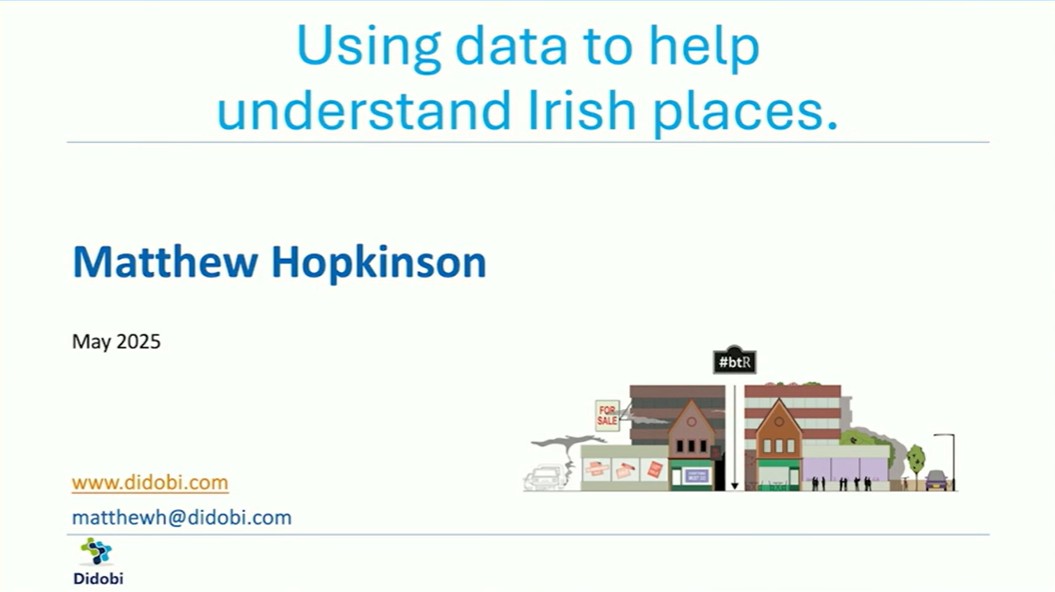
Scoring Points – why property needs to embrace the power of data
Real estate is potentially the biggest untapped data source in the world. Firms accumulate billions of data points at every stage of the development lifecycle, from the breakdown of building materials to the spending patterns of tenants. Fully harnessing this data would create new insights and allow investors and developers to make better informed, more reliable decisions.
However, the industry has been reluctant to harness technology which can break down this data to its full potential.
That’s now starting to change, especially in relation to rental income. Rent is the most significant and reliable source of long-term income in property. Data from MSCI suggests that rental income now makes up to 70% of real estate investors’ long-term total returns (UK data).
This subtle shift in focus, away from the capital value of an asset, was already underway and accelerated at pace as a result of the pandemic.
“Landlords are now recognising the need to work with tenants to deliver a service”
While the landlord and tenant relationship has previously been, at times, adversarial, landlords are now recognising the need to work with tenants to deliver a service. This shift away from 25-year long leases, where tenants only heard from a landlord on quarter days, to shorter-term leases with a break option for the tenant, has shifted the balance of power. All real estate is becoming operational by nature.
This means that landlords are more exposed to tenant risks and any shock to a tenant’s fortunes will inevitably ripple to the landlords or investor’s fortunes, too.
For a retail landlord who has just shifted its tenants over to a turnover rent, the incentive to understand and work with your tenant is higher than ever.
Data has a huge role to play here in being able to flag warning signs that can be acted upon swiftly by the landlord or asset manager. With millions of data points out there, technology will be vital in successfully monitoring tenants and flagging risks.
Warning signs around income volatility can be small, but crucial and spotting these can be near impossible whether you have a portfolio of hundreds or even thousands of tenants in multiple countries or a retail-focused portfolio in the UK.
For example, a firm failing to pay its heating bills is a subtle indication that it won’t be able to pay its rent in a few months’ time. But these warning signs cannot be spotted easily unless you use a platform which will flag a change in the tenant’s income risk score. Without this, you may not see the risks coming until it’s far too late.
Collating granular data on tenants can paint a comprehensive picture of the risks of tenant default. By assessing firms’ past and present behaviour, data can produce an accurate picture of how likely the tenant is to default on their rents. Income Analytics has created the ability to understand and compare this across countries, for over 420 million companies, with its INCANSTM Global Score.
By finally putting these enormous amounts of data to good use, investors can be confident that they are making decisions that are supported by the data. Investors will finally be able to distinguish between winners and losers, allowing them to identify which sectors and firms have the resilience to survive any future shocks.
With better informed decision-making, and by reducing levels of tenant default risk, investors can safeguard rental income, guaranteeing higher, safer returns on their investments.
By embracing the immense potential of data, the real estate industry can finally step into the future.






Leave a comment: